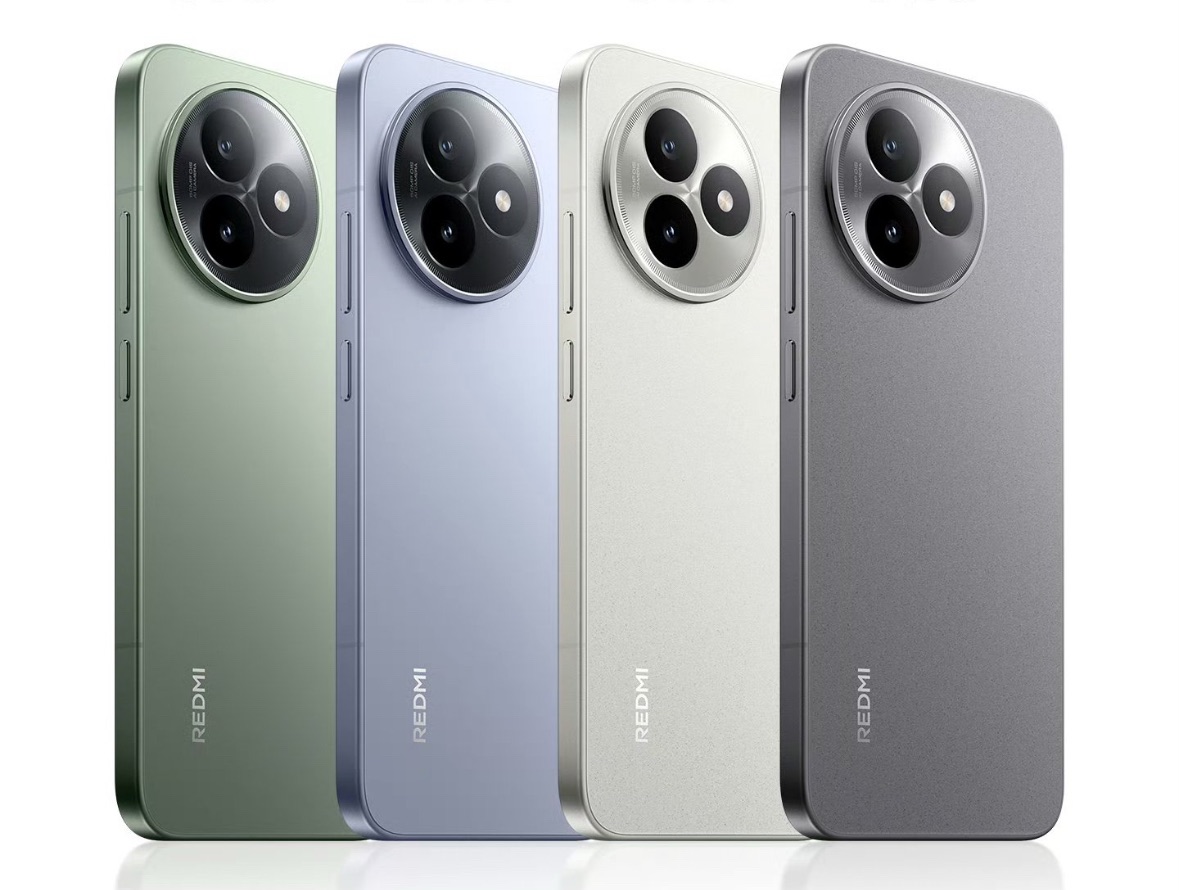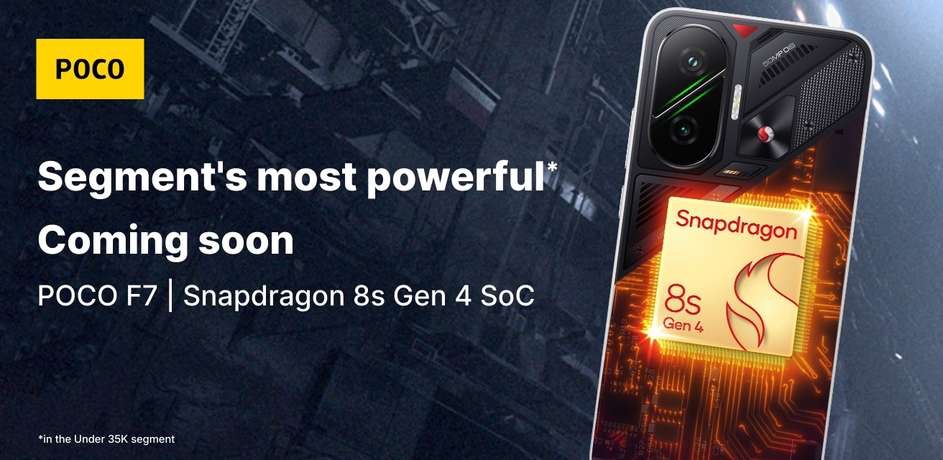Xiaomi is gearing up for a major software evolution with the launch of HyperOS 3 expected in October 2025. However, not all Xiaomi users will get to experience the next-generation features. The company has officially confirmed that eight models will remain on HyperOS 2, signaling the end of software upgrades for several popular devices.
After recently completing the rollout of HyperOS 2, Xiaomi has now outlined its future roadmap. Some devices, particularly older yet still popular models like the Mi 11 series, will not be moving forward. Instead, Xiaomi is focusing its efforts on delivering HyperOS 2.1 updates for eligible devices, while advancing development for HyperOS 3.
The full list of phones that will not move beyond HyperOS 2 includes:
- Xiaomi Mi 11
- Xiaomi Mi 11 Ultra
- Xiaomi Mi 11i
- Xiaomi 11 Lite 5G NE
- Xiaomi 11T
- Xiaomi 11T Pro
- Xiaomi 12X
- Redmi 10 5G
This decision impacts a range of phones, from premium flagships like the Mi 11 Ultra to mid-range and budget models such as the Redmi 10 5G. With most of these devices nearing four years on the market, Xiaomi’s move aligns with its typical software support cycle.
While some users may be disappointed, there is still exciting news ahead. HyperOS 3 will feature two distinct versions: one based on Android 15 for mid-range and high-end devices, and another powered by Android 16 for Xiaomi’s newest flagships. This dual-version strategy is aimed at delivering optimized performance across diverse hardware capabilities.
As Xiaomi continues to refine its software ecosystem, users with newer devices can look forward to a more versatile and powerful HyperOS experience. Meanwhile, those on the outgoing models can still expect essential updates through HyperOS 2.1 as their phones approach end-of-life support.
Stay tuned as we get closer to October — Xiaomi’s next big leap is just around the corner.
Discover more from PassionateGeekz
Subscribe to get the latest posts sent to your email.





